What thinset for Hardi Board
saxmaan1
16 years ago
Featured Answer
Comments (9)
MongoCT
16 years agoRelated Professionals
Cherry Hill Kitchen & Bathroom Designers · Adelphi Kitchen & Bathroom Remodelers · Wood River Kitchen & Bathroom Remodelers · Auburn Kitchen & Bathroom Remodelers · Bellevue Kitchen & Bathroom Remodelers · Cleveland Kitchen & Bathroom Remodelers · Glen Carbon Kitchen & Bathroom Remodelers · Independence Kitchen & Bathroom Remodelers · North Arlington Kitchen & Bathroom Remodelers · Forest Hills Kitchen & Bathroom Remodelers · Napa Glass & Shower Door Dealers · Dublin Glass & Shower Door Dealers · Marco Island Cabinets & Cabinetry · Palm Beach Gardens Window Treatments · Tennessee Window Treatmentsbill_vincent
16 years agopete_p_ny
16 years agobus_driver
16 years agobill_vincent
16 years agomerseybeat1963_yahoo_com
13 years agoLiamqrph_yahoo_com
12 years agoHU-829701218
last year
Related Stories
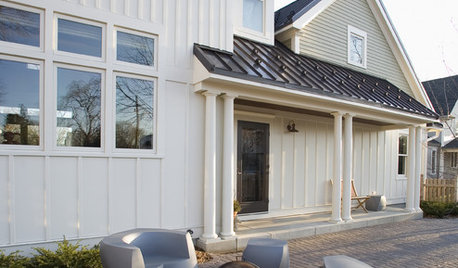
REMODELING GUIDESRenovation Detail: Board and Batten Siding
Classic board and batten siding adds timeless appeal to traditional homes, modern structures and every style in between
Full Story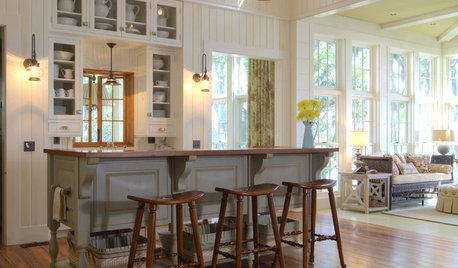
KITCHEN DESIGN9 Flooring Types for a Charming Country Kitchen
For hardiness and a homespun country look, consider these kitchen floor choices beyond brand-new wood
Full Story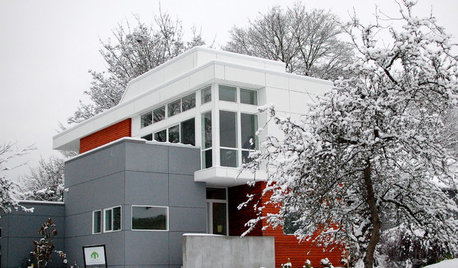
REMODELING GUIDESSeal the Deal With Fiber Cement Siding
Chameleon-like, durable and low maintenance, fiber cement gives home exteriors of all shapes and styles a winning edge
Full Story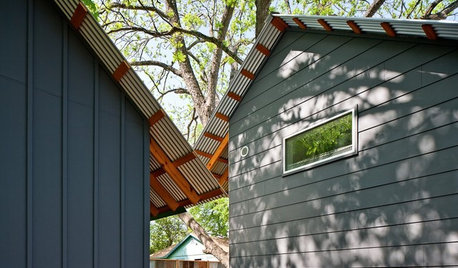
REMODELING GUIDESFiber Cement Siding Takes a Front Seat
Not just a wood or vinyl substitute, fiber cement is a stellar siding choice in its own right for modern home exteriors
Full Story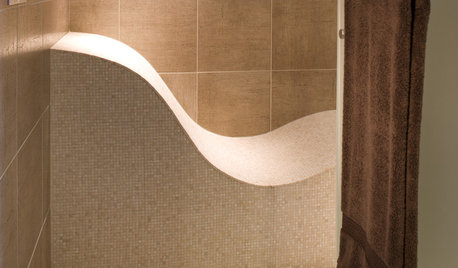
REMODELING GUIDESTop 10 Tips for Choosing Shower Tile
Slip resistance, curves and even the mineral content of your water all affect which tile is best for your shower
Full Story
REMODELING GUIDESContractor Tips: How to Install Tile
Before you pick up a single tile, pull from these tips for expert results
Full Story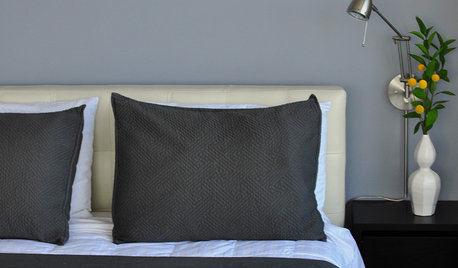
MOST POPULAR50 Shades of Gray
Gray is hotter than ever, thanks to a hit novel full of risks and dark secrets. Tell us: Which paint shade possesses you?
Full Story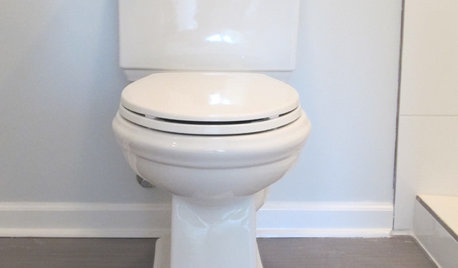
BATHROOM DESIGNHow to Install a Toilet in an Hour
Putting a new commode in a bathroom or powder room yourself saves plumber fees, and it's less scary than you might expect
Full Story
EDIBLE GARDENSWhy Grow Quince? For Beauty, Fragrance and Old-Time Flavor
Delightfully perfumed fruit and lovely spring blossoms make this apple and pear cousin worth a spot in the garden
Full Story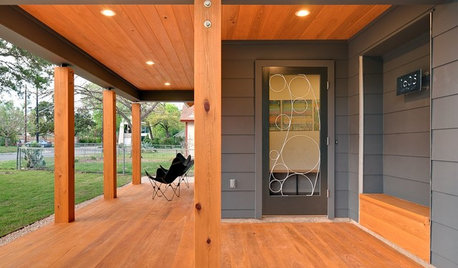
HOUZZ TOURSHouzz Tour: Artful and Efficient in Austin
Visit a home that glows with local materials, thoughtful design, heritage trees and Moontowers
Full StorySponsored
Columbus Design-Build, Kitchen & Bath Remodeling, Historic Renovations
More Discussions






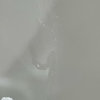
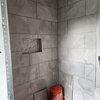
lmhall2000